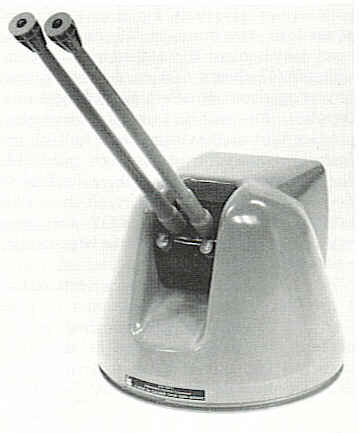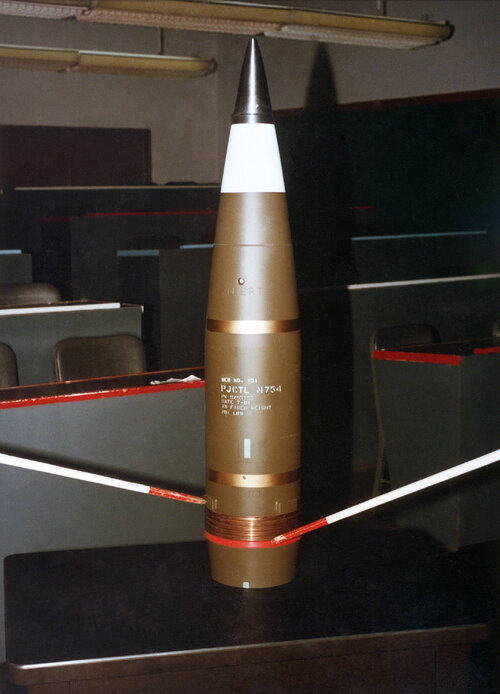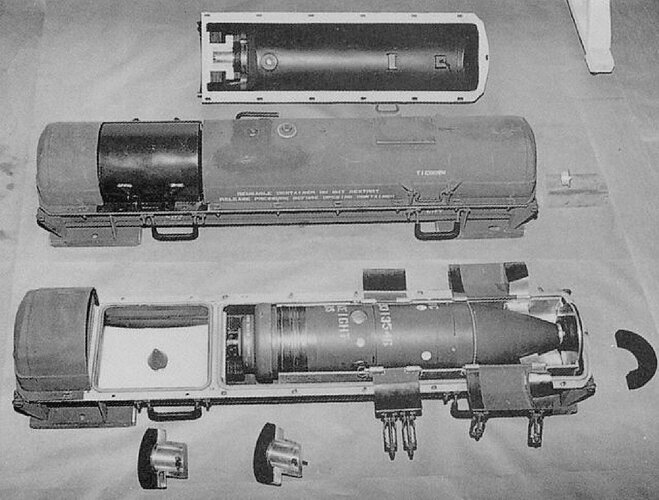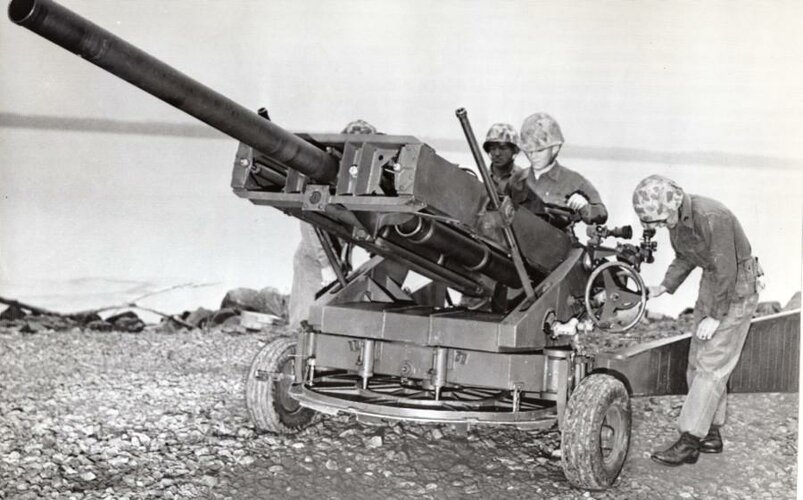Kat Tsun
eeeeeeeeeeeeeee
- Joined
- 16 June 2013
- Messages
- 1,381
- Reaction score
- 1,795
Feed system for the Mark 65/66 sounds like something of a nightmare:
The advantage of the Carronade on paper is saturation bombardment and weight, I think. 40RPM for the 5" Mark 42, 48RPM for the Mark 65 (and I'll assume 96 for the Mark 66 since it's a double mount Mk 65). Carronade had eight launchers firing at 30 rounds per minute each. Payload-wise the rockets came in a few variations based on range and packed anywhere between 12lbs TNT to 1.7lbs Explosive D with ranges of 2500 to 10,000 yards and HC, Common and GP warheads. But the advantage is you can fit a lot more rocket launchers on a shallow-draft 1500 ton hull than 5" guns of whatever kind, and the Carronade/LSM(R)s were intended to support amphibious landings at closer range.
9 kilometers is not useful for fire support for an amphibious landing outside of Incheon or something. Carronade would have been excellent there.
The problem is that anti-landing forces had shifted from being a beach defense to a more inland, mobile defense by 1958 or so. The BTR-60 really helped this, as did the D-30 howitzer (15 km range), both of which showed up at the tail end of the 1950s. They are what changed the game for Soviet mobile troops. This is why the U.S. Navy wanted a 25 kilometer range gun initially (Mark 65/66), before shifting to a 30 kilometer range gun to duel with D-30 batteries, in the MCLWG.
Mark 105s wouldn't be useful because they wouldn't be able to get close enough to the beach to conduct counter-battery.
On the idea of big guns on small ships, there's also the outdated but entertaining example of the converted Lord Clive-class monitors used for shore bombardment by the Royal Navy in WWI. Their basic armament was a two-gun 12"/35 Mark VIII turret recycled from the Majestic-class battleships. Nine total were built, but the really fun ones are HMS Lord Clive and HMS General Wolfe (a third conversion was underway but cancelled at the end of the war). They each got a single BL 18"/40 Mark I off the HMS Furious in a semi-fixed deck mount with an open-backed gun shield. Ugly as sin but surprisingly effective, Wolfe took the longest combat shot in Royal Navy history bombarding a rail bridge at Snaaskerke, Belgium from 36,000 yards.
View attachment 756121
Some proposals were functionally this, it's been a while since I looked at the LFS chapter in Amphibious Ships and Landing Craft, but landing operations in the North Sea and near Vladivostok preclude offensive riverine operations for the most part.
You're doing a circuit run 5-10 kilometers off shore instead because any closer and you might run into naval mines or just run aground.
Last edited:




